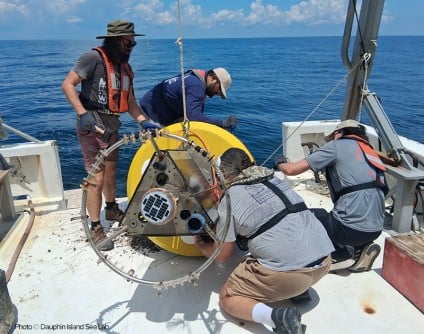Automated insulin delivery (AID) systems, including the artificial pancreas developed by the University of Virginia Health System, are poised to enhance the management of type 1 diabetes (T1D). These technologies have already provided substantial benefits to millions of patients, helping them better control their blood sugar levels. However, a recent review highlights ongoing limitations that must be addressed to realize the full potential of these devices.
According to the review published by the University of Virginia Health System, while AID systems have significantly improved blood sugar management, users still face challenges. Dr. Sue Brown, an endocrinologist at the University of Virginia Center for Diabetes and Technology and co-author of the study, emphasized that patients must continue to manually enter insulin doses for meals based on carbohydrate counts. She stated, “These automated insulin delivery devices have significantly helped people with type 1 diabetes manage their blood sugars; yet challenges still remain.”
One critical limitation of current AID systems is their hybrid nature. Most devices require users to input carbohydrate content before meals, which does not account for the effects of protein and fat on insulin sensitivity. The review encourages further research to simplify carbohydrate entry and create algorithms that integrate meal composition and adjunctive therapies. Such advancements could lead to more effective insulin management, with the aim of reducing the burden on patients.
Another area of concern is the exercise mode found in many AID devices. Users are required to initiate this mode before engaging in physical activity. Current guidelines suggest raising temporary insulin targets prior to exercise, yet many individuals with T1D do not utilize these recommendations. The authors point out that activity-induced hyperglycemia—common after intensive exercise—remains a significant issue. Some experimental AID devices have shown promise in distinguishing between different types of exercise, yet comprehensive strategies for maintaining glucose levels during and after workouts are still in development.
The review also stresses the importance of making AID technologies more accessible. Dr. Marc Breton, an associate professor of research at the UVA Center for Diabetes Technology and co-author of the review, noted, “While AID has revolutionized diabetes care, most patients using insulin do not yet have access to such technology.” He advocates for simplifying the user experience to broaden access and believes that advancements in artificial intelligence could enhance the functionality of these medical devices.
As research continues, the hope is to refine these systems for better usability and effectiveness in managing T1D. The ongoing work at the University of Virginia represents a significant step toward realizing a future where automated insulin delivery can be seamlessly integrated into daily life for those living with diabetes.

































































